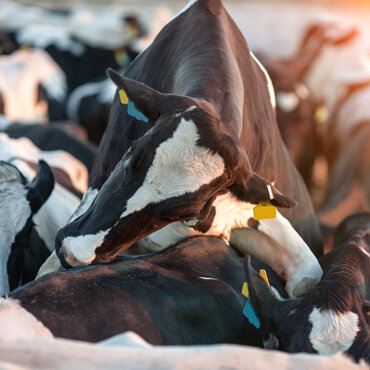Franklin Vets
Franklin Vets - excellence in veterinary care for dairy, farming, lifestyle, equine and household pets. BESTPRACTICE ACCREDITED NZ.
Your account is powered by Storbie. To edit your profile visit my.storbie.com
Your account is powered by Storbie. To edit your profile visit my.storbie.com

This means that all heifers are mated on the first day of mating (rather than their first matings being spread over the first 3 weeks of mating as would occur normally).
Heifers take around 10 days longer to resume cycling prior to their second mating so earlier calving heifers allows them more time before mating begins resulting in increased and earlier pregnancies. This means they are less likely to be lost from the herd after their first season and they are more likely to contribute to improving the overall calving pattern of the herd over time by remaining early calvers
The other main benefit is that there will be an increased number of AB calves born and so increased replacement numbers and reduced bobby calf numbers. Particularly if sexed semen is also used. Heifers are genetically the best breeding animals in the herd and so using them to produce AB replacements allows farmers to keep the best genetics on farm resulting in faster genetic gain.
There are 2 commonly used synchrony programs that allow a fixed time insemination at completion – we refer to these as Cosynch and Econosynch. Both of these are 9 days long and depending on the program used require the heifers to be brought into the yards 3 or 4 times. Both involve the placement of an intravaginal progesterone releasing device and an injection of prostaglandin around the time that the device is removed. Depending on the program used there may also be injections of the hormone GnRH at the start and end of the program.
Typical conception rates are around 60%.
Franklin Vets - excellence in veterinary care for dairy, farming, lifestyle, equine and household pets. BESTPRACTICE ACCREDITED NZ.



